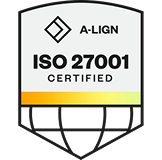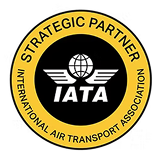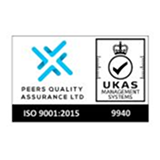Thought Leadership: The Financial Pressures That Keep Airport Leaders Awake
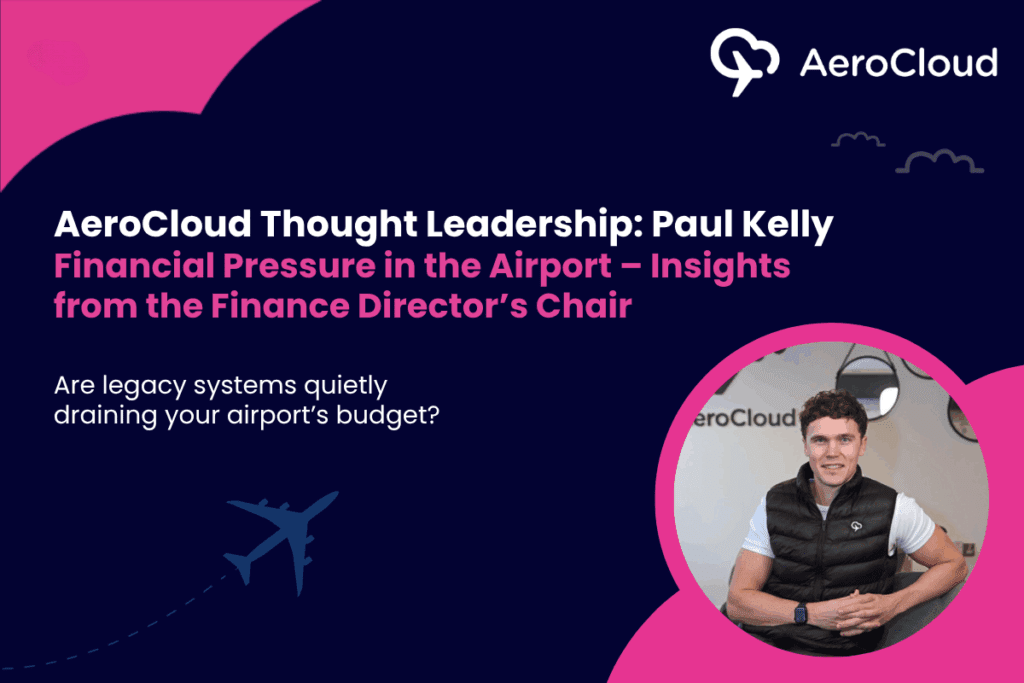
Airports are facing financial pressure like never before. Inflation, aging infrastructure, and unpredictable passenger volumes are all squeezing margins. As Finance Director at AeroCloud – and a new dad – I know a thing or two about sleepless nights. And while it’s my newborn who keeps me up at 3am, it’s often airport finances I’m thinking about when the house finally goes quiet.
Helping airports rethink their financial strategy and unlock hidden value through smart technology adoption is what drives me (well, that and the 5am bottle feed).
The Financial Pressures That Keep Airport Leaders Awake
Today’s airport leaders are navigating a perfect storm of financial challenges. Labour cost inflation, aging infrastructure, volatile passenger volumes, airline route consolidation, and general inflation are all biting into margins. It’s no surprise that financial sustainability is top of mind for every finance leader I speak to.
Staffing challenges, in particular, are putting serious pressure on the bottom line. Wage inflation continues to drive operating costs up year after year, and recruiting skilled airport ops talent is becoming more expensive in an increasingly competitive labour market.
On top of that, external factors like rising energy prices and broader inflation are compounding the pressure. For finance teams, this becomes a tough balancing act: how do we keep operations running efficiently today while investing in improvements that secure tomorrow?
Airports are being squeezed on all sides. Cutting costs risks undermining service quality, but pouring more money into inefficient systems is no longer viable. Too many airports are still operating on outdated, legacy systems that are expensive to maintain and difficult to scale. At the same time, passenger numbers fluctuate and airlines continue to consolidate routes which reduces revenue just as operating costs rise.
So, the question becomes: how can airports break this cycle? For me, the answer is clear and it starts with rethinking how we view technology. It’s not just a cost centre. If deployed correctly, it can be a powerful lever for efficiency and long-term value.
The Cost Barriers and Misconceptions of Digital Transformation
When airports consider digital transformation, the initial cost can feel daunting. Upfront CapEx for hardware, integration, and implementation, as well as annual license fees, can make even the most promising tech feel out of reach.
Add to that the fear of not achieving ROI, navigating GDPR compliance, or dealing with internal support costs and it’s easy to see why many airports hesitate. But this thinking misses a huge part of the picture.
The ongoing costs of legacy systems are often underestimated. Server maintenance, hardware depreciation, and the staffing required to support outdated infrastructure are all indirect costs that quietly drain resources. When you stack this up, the long-term advantages of moving to scalable, cloud-based systems like AeroCloud become hard to ignore.
Seeing Beyond the Balance Sheet: The Hidden ROI
When I speak to airport finance teams, I encourage them to look beyond line-item expenses. Modern systems offer ROI in ways that don’t always show up in traditional budgeting.
At AeroCloud, we regularly demonstrate headcount time savings using our products. For example, automating processes that were once manual and spreadsheet-driven frees up staff hours every single month. That not only reduces the risk of costly errors, it also enables staff to focus on higher-value tasks.
And those benefits scale. As airports grow, our SaaS model allows them to handle more operations without needing to grow headcount at the same pace which keeps costs predictable and manageable.
For finance professionals looking at long-term value, this kind of operational efficiency and cost certainty makes a compelling financial case.
Real-World Results: How AeroCloud Customers Save
Palm Springs Airport (PSP) is a great example. With passenger volumes rising, they were losing hours of staff time every week on manual gate assignments. In 2021, they deployed our Gate Management System, and now operate on a centralized, automated platform that’s accessible to all stakeholders through unlimited user licenses.
As they scale, our costs grow far more slowly than what it would take to hire and train more staff. That’s real, tangible ROI.
London Luton Airport (LTN) is seeing similar benefits. With our Common Use Passenger Processing System, they’ve optimized space, improved cost-efficiency, and streamlined operations to support high passenger volumes, all while improving the passenger experience. These outcomes matter in the real world, especially when margins are tight.
Making the Financial Case: What Airport Finance Leaders Should Measure
Airports vary widely in their capital structures, so benchmarking is never simple. But there are some key metrics finance teams should keep an eye on: total cost of ownership across CapEx, OpEx, and headcount. These are the categories where cost reductions from cloud tech really stand out.
Many airports underestimate the additional headcount and manual effort required to support outdated systems. In contrast, our subscription model is transparent and predictable so you know exactly what it will cost to add new airlines to CUPPS, or more gates to GMS.
We provide defined contractual commitments, and full visibility into future costs. That predictability reduces risk and makes long-term planning easier — something every Finance Director values, especially in uncertain economic conditions.
AeroCloud’s Financial Philosophy: Growth with Discipline
At AeroCloud, our growth strategy mirrors the advice we give to our customers: focus on ROI, be data-led, and invest with discipline.
Every investment we make has an opportunity cost. Whether we’re entering new markets or developing new products, we assess the return carefully. We look at local regulatory costs, staffing availability, tax and legal frameworks. Complexity isn’t a deal-breaker, but there has to be real demand and a path to margin-positive growth.
Our product roadmap is shaped by impact. We prioritize features that drive optimal growth for both our customers and the business within 12–18 months, ensuring each initiative delivers meaningful value. This focused approach enables us to innovate efficiently while maximizing outcomes for all stakeholders.
The Untapped Opportunity in Mid-Sized Airports
There’s a segment of the market that’s often overlooked: smaller and mid-sized airports. Traditionally, legacy systems priced these airports out with high upfront costs and complex installations that required dedicated IT teams.
But that’s changing.
Our SaaS model opens the door for these airports to modernize affordably and incrementally. They can start with one product, prove the ROI, and then scale as they grow. We’ve seen it time and time again: once a customer gets results with one product, they expand to two or three.
This land-and-expand model creates value for both sides. Our customers modernize operations with less risk, and as our infrastructure scales, our cost to serve goes down – improving our margins while keeping pricing accessible.
Where Airports Really Make Their Money… And Why It Matters
One of the most overlooked insights I share with airport teams is this: most airport revenue doesn’t come from airlines.
Instead, it’s from parking, retail, rental income, and real estate. These non-aeronautical revenues are typically more stable and profitable. Yet, many airports struggle to maximize these areas because they lack good data.
With tools like AeroCloud Optic, we help airports see how passengers move through their spaces, from parking lots to retail areas, in real time. That data can then be used to optimize pricing, layout, advertising, and staffing. It’s one of the most powerful ways to unlock new revenue from what you already have.
Rethinking the Financial Playbook
Outdated assumptions about the cost and risk of digital transformation are holding airports back. It’s time to challenge those assumptions.
Modern SaaS solutions offer predictable pricing, lower total cost of ownership, and a clearer path to long-term value. For finance leaders looking to modernize without compromising service, now is the time to act.
If we want to thrive (not just survive) in the years ahead, we need to rethink the airport financial playbook. Let’s start with smarter technology, leaner operations, and a sharper focus on measurable ROI.







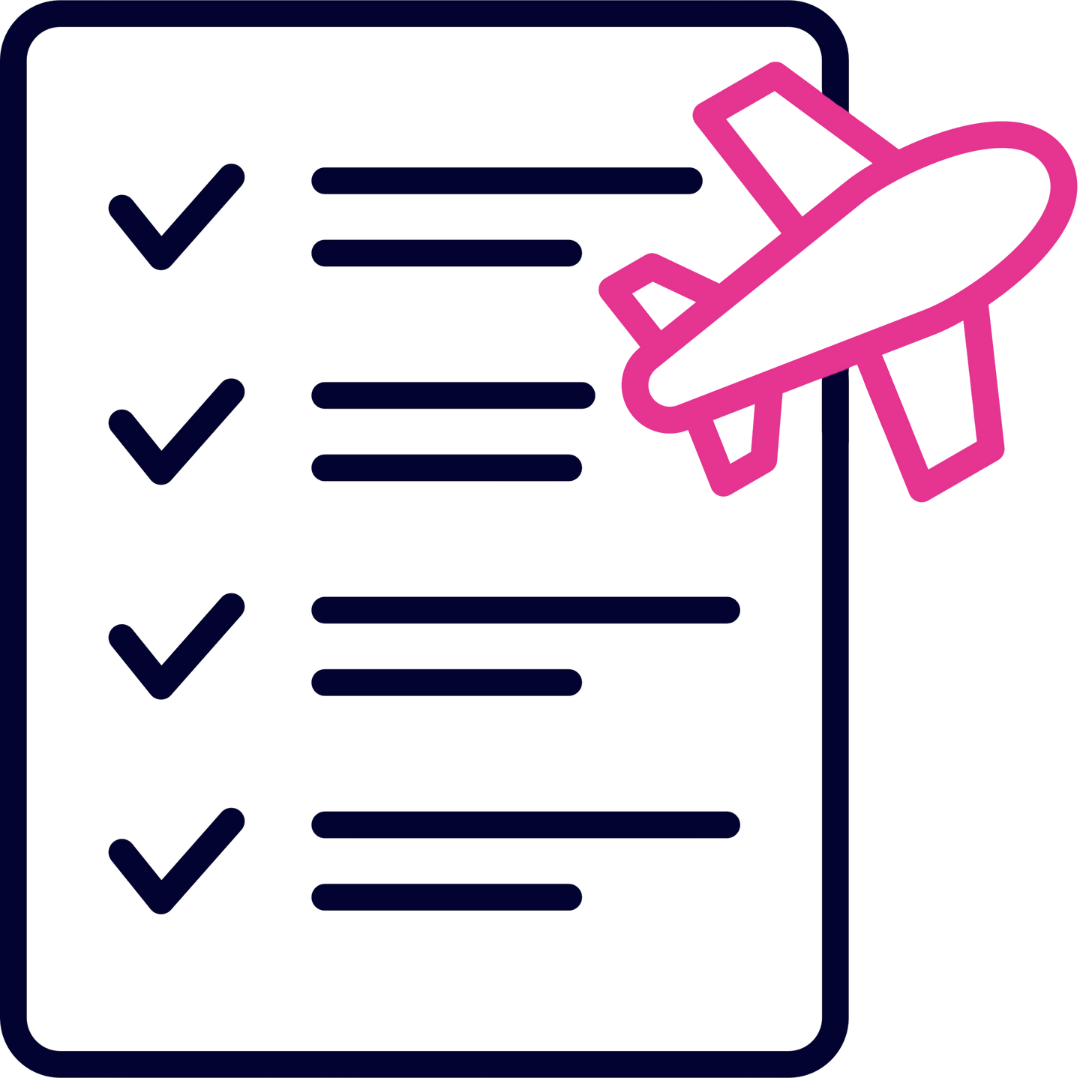

 22nd July 2025
22nd July 2025 
